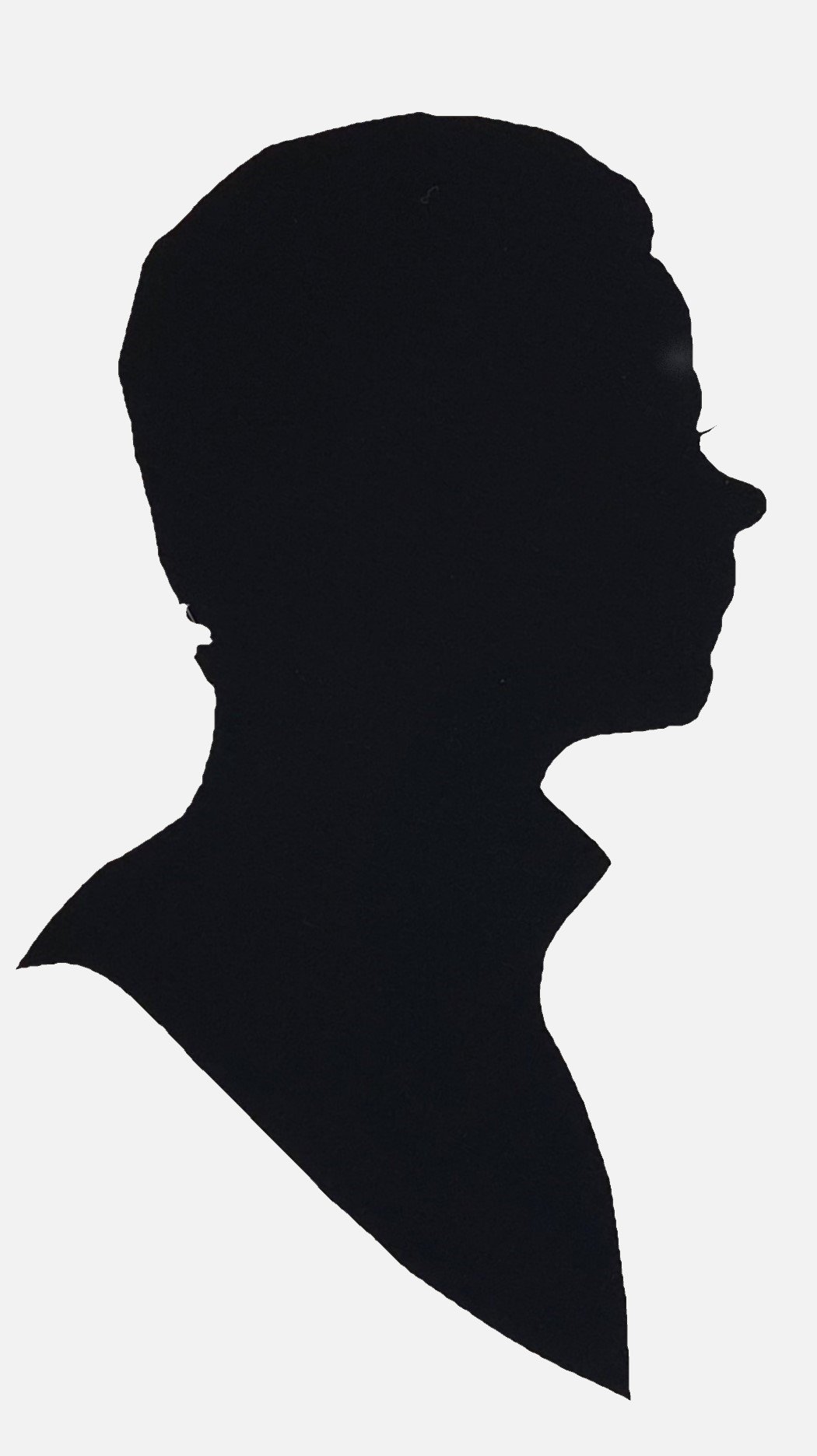Addressing the Crisis of Loneliness Through Stronger Communities
Recently in the New York Times, US Surgeon General Vivek H. Murthy made a compelling argument that one of the great crises of our generation is pervasive loneliness. Murthy powerfully suggested that,
Addressing the crisis of loneliness and isolation is one of our generation’s greatest challenges. By building more connected lives and more connected communities, we can strengthen the foundation of our individual and collective well-being and we can be better poised to respond to the threats we are facing as a nation.
Murthy and others point to a myriad of reasons that have caused this crisis — technology, politics, a trend towards extended families moving farther apart, etc. — but the preservationist in me sees another equally guilty culprit: disconnected places.
From Alexis de Tocqueville to Jane Jacobs, commentators on American communities have routinely been impressed by the power of public spaces and the marketplace of ideas which so has so often unfolded in them. Yet, as our communities have grown increasingly disconnected — bisected by interstates; isolated by strip malls; marooned without sidewalks; made barren by lifeless architecture — we have made basic human interaction far too challenging.
I see it in my own community and places nearby. Elected officials would be outraged at the idea of poorly maintained roads — but crumbling sidewalks are shrugged off as just one of the things we have to endure. It’s just a sidewalk, after all.
The reality, however, is that although the big projects grab the headlines it’s often the small impacts which either make places livable or subject our communities to death from a thousand cuts.
Perhaps our job as preservationists is also to focus on small wins — and to continually remind ourselves that people need to be at the center of our work, passion, and focus at all times. The preservation community has made great strides in this direction — far fewer professionals are saving buildings for the sake of buildings in a way that would have been customary 40 years ago — but more of us need to embrace the incremental, small scale work that adds to livability of places. Consultants like Revitalize or Die and organizations like Strong Towns are leaders in this area of work and study.
Preservationists need to continually ground truth our impacts.
We need to ask ourselves how can a beautifully rehabilitated structure become a welcoming place without an equally beautiful network of sidewalks? How can infill development add value if the lack of setback guidelines make it disconnected from the street or a sea of new vinyl fencing walls it off from its new neighbors? Yes, fences make good neighbors, but so does good conversation.
We also need to be celebrate the human-scale of historic architecture and champion new construction that centers the human experience.
We need a diversity of housing types, like historic communities have always provided, if we want a diversity of interactions and opportunities for people to overcome isolation. Missing middle housing, ADUs, quality infill and preservation can, should, and must live side-by-side if we intend on making our communities better equipped to engage rather than divide.
The reality, of course, is that there is no silver bullet to addressing this profound challenge. However, if health, well-being, and the human experience matter to preservationists, then we must embrace this opportunity to show that our work does more than just save old windows. We’re not just in the business of buildings, we’re in the business of supporting the people in those buildings — and those people are calling out for fellowship.

